There was a time not too long ago when the phrase “adaptive streets” meant so little to me it may as well have been written in a foreign language, and attending a panel discussion on active transportation was about as appealing as spending the afternoon trying to scrape burnt-on food residue off of a baking tray. This was a time when I could walk around the city in near-complete ignorance of the systems and processes which enabled me to – or prevented me from – doing so safely. Crosswalks were just strips of paint on the ground I gave no more thought to than I give to my shoelaces, and bus stops were about as high up on my emotional radar as my feelings towards dish towels or paperclips. They were just there, and I figured that was all I needed to know.

Car Free Day on Vancouver’s Commercial Drive, one of the city’s most vibrant cultural districts and a destination for one of the conference mobile workshops. Photo by David Meurin
Boy was I misguided.
Once you enter the world of active transportation, you start to envision your own world quite differently. The same streets you’ve always walked, biked, driven, or ridden down no longer simply look like streets, but like the physical embodiment of political will, community input, careful (or careless) design, and numerous other social and structural forces which have coalesced into the form of an urban corridor. You can no longer help but being acutely aware of bike lanes or the lack thereof, and you find yourself casually wondering aloud on a date whether the new planters you just strolled past were installed by the city or by the business they’re situated in front of.
This newfound infatuation with urban planning and transportation makes sense. When done well, urban design can enhance and elevate the lives of an area’s residents. When done poorly, it can seriously diminish and endanger them.
While I won’t go as far as claiming transportation is the greatest social issue of our time, it’s certainly much more significant than most people give it credit for. Transportation is not just getting from point A to point B, it’s our physical access to everything we as humans need to survive. Access to work, to groceries, to our friends, to culture, access to green spaces and social activities, to doctor’s appointments and social services. Transportation is a key facilitator of nearly every aspect of our lives, and the design of the spaces we live in can have an enormous impact on everything from our physical health to our economic prosperity to our emotional well-being.

Seriously though, how cool is this shit?? Photo by Paul Krueger
Just two short years into my entrance into the world of active transportation, I’ve become that girl who talks about bicycle-friendly signal phasing at parties and considers “mode share” to be hip, urban slang. You know, that girl. So when I opened up the recently-released schedule for the upcoming Pro Walk/ Pro Bike/ Pro Place conference happening this September in Vancouver, it was all I could do not to shriek with joy. This biennial conference, produced by NYC-based Project for Public Spaces, is the foremost active transportation gathering in North America. It’s basically Coachella for the active transportation enthusiast.
Pro Walk/ Pro Bike/ Pro Place brings together city planners, transportation engineers, public health professionals, elected officials, community leaders, and professional walking and bicycling advocates to connect, engage, and share best practices on creating public spaces that are safe, equitable, and bike and walk-friendly. Over four days, participants will attend conferences, breakout sessions, panels discussions and mobile workshops on a variety of subjects in the focus areas of Mobility, Governance, Health, and Resilience.
A quick scroll through the schedule, and my list of must-sees quickly became, well, the entire event.
A few favorites:
I could go on, but I’d go on forever.
I asked my coworker what he was most looking forward to seeing. He said the breakout session on how citizen-led projects can turn transit agency heads and make a lasting impact on the rider experience looked really cool.
Of course it does Sam, it’s the definition of cool.
So if geeking out on active transportation is your raison d’être, then there’s no better place to be in the world than Vancouver, BC, between September 12-15, 2016. We’ll be walking, biking, and rolling through this beautiful west coast city – consistently ranked as one of the world’s most livable – with over 1,000 of our closest active transportation friends. Registration is open to anyone and the full schedule is online, see you there!
Get your FREE copy of our new guide: Momentum Mag's Urban Cycling Guide
In our latest free guide, we share a few tips and tricks for anyone new to urban cycling who is looking to get started. We discuss the latests numbers regarding safety and cycling as well as go over a few rules of the road that every cyclist should know.
Thank you for your submission. Your free guide has been sent to the email address you provided.

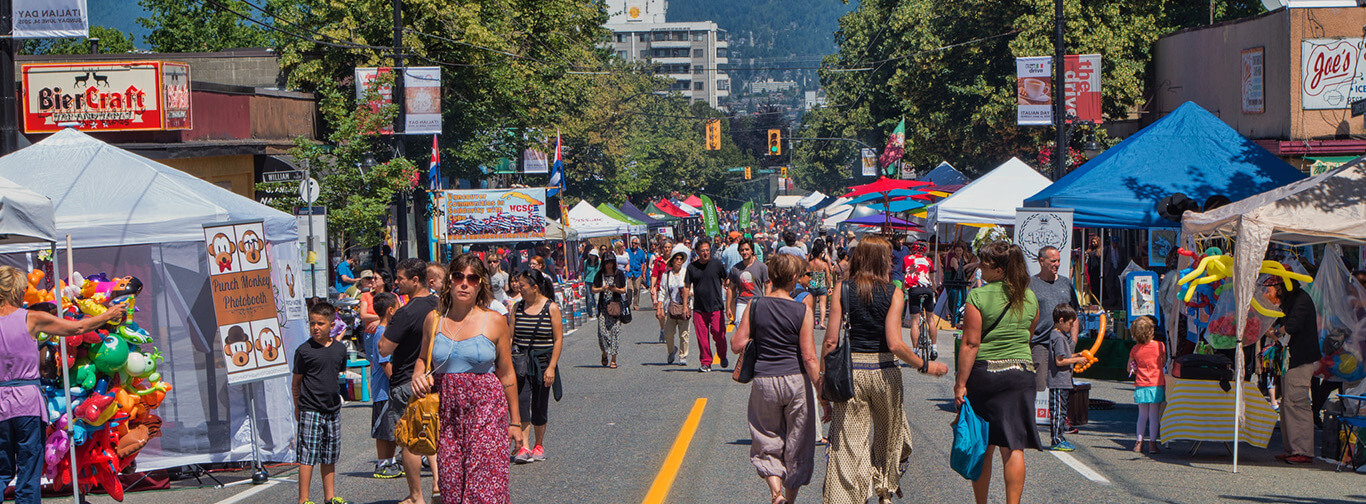
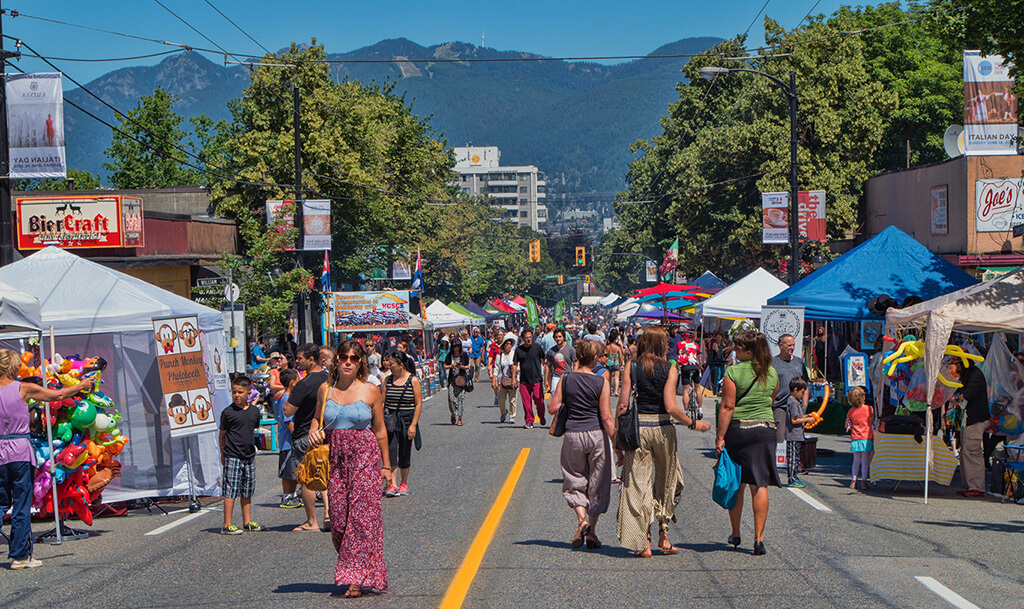
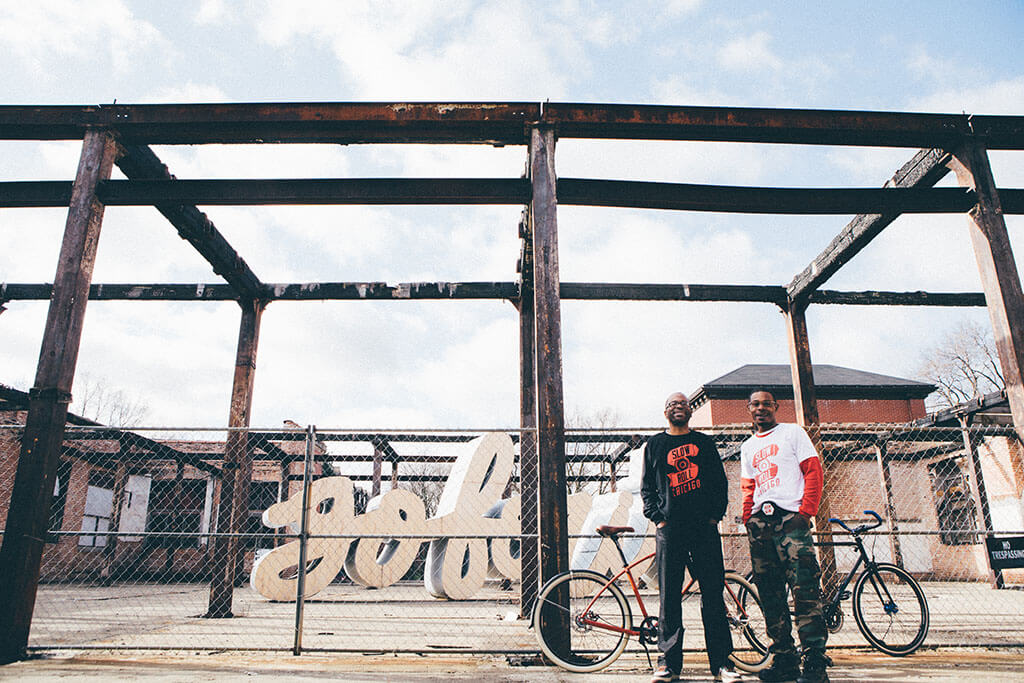

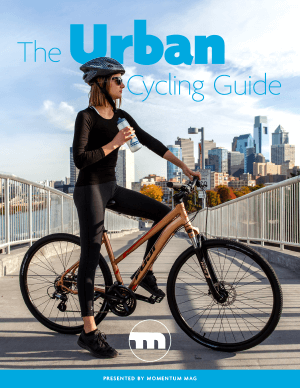
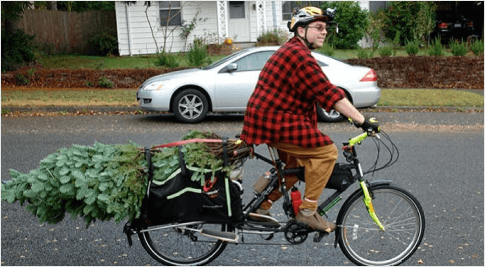
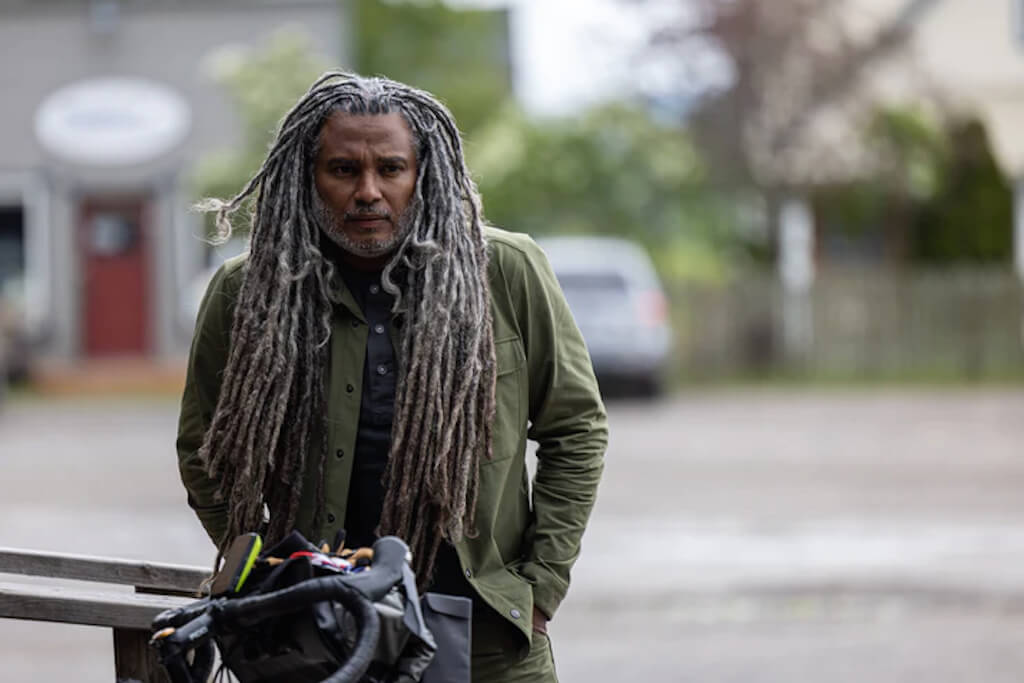
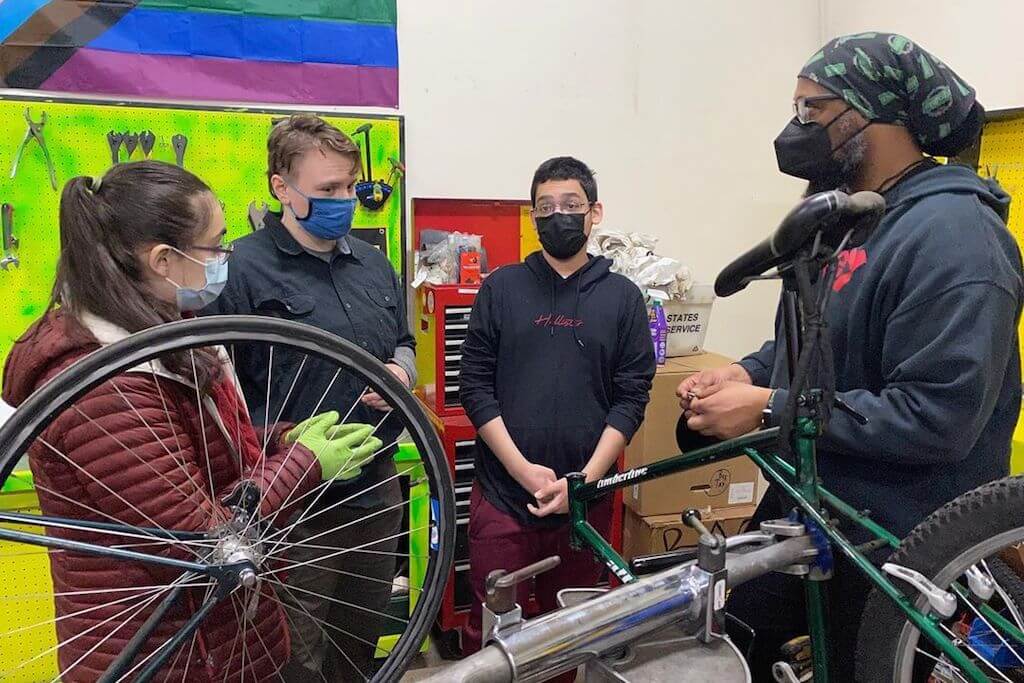
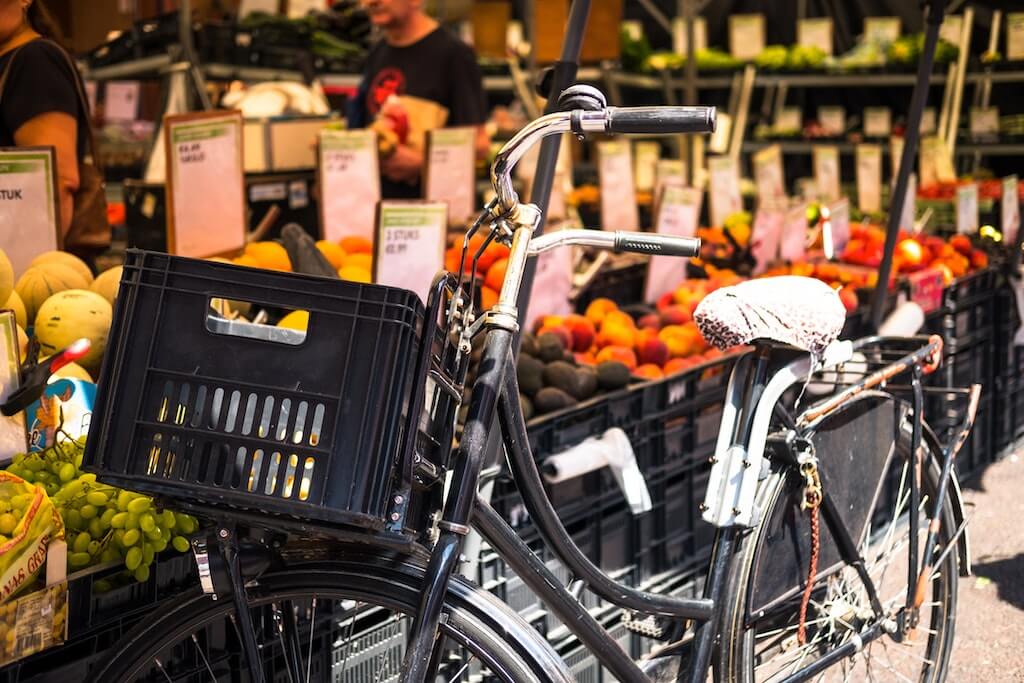

Leave a comment